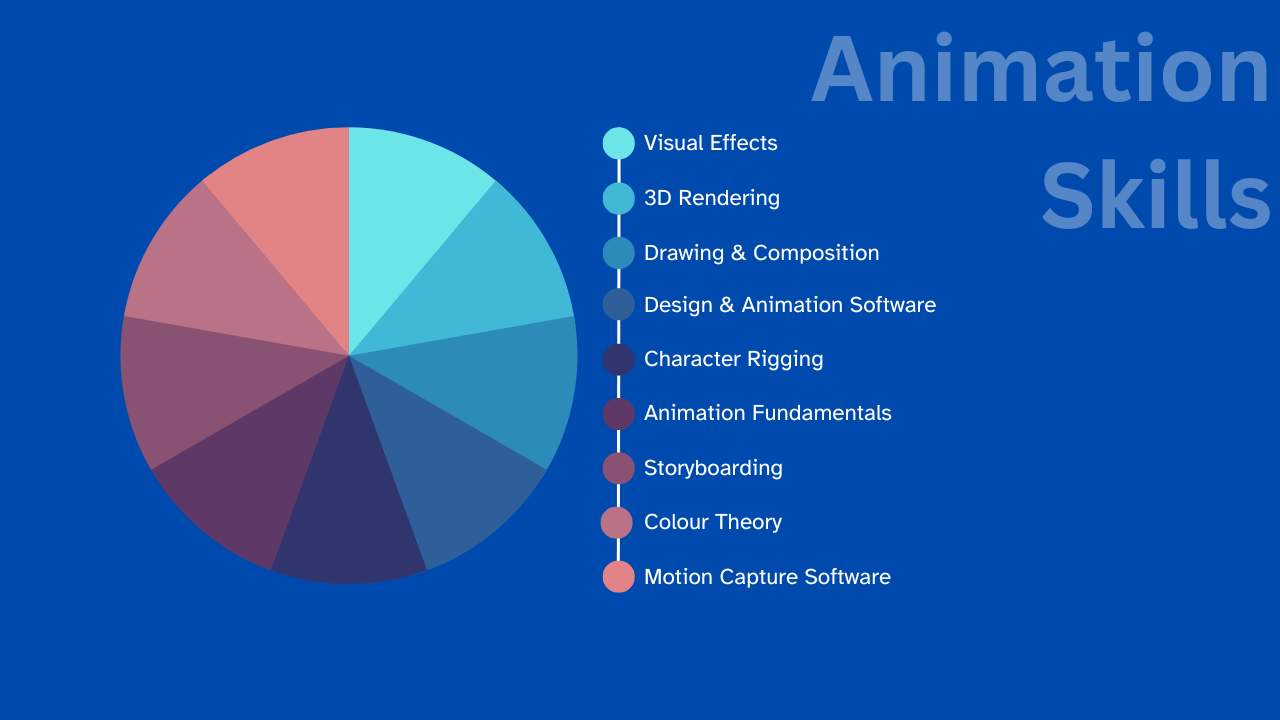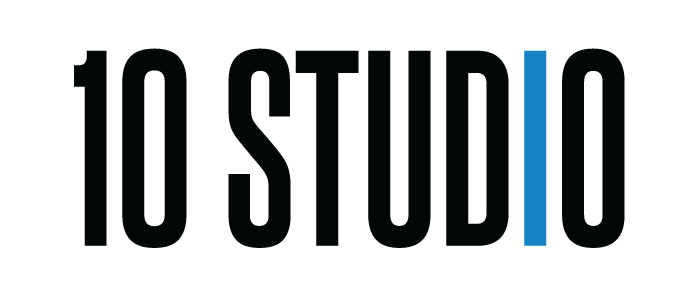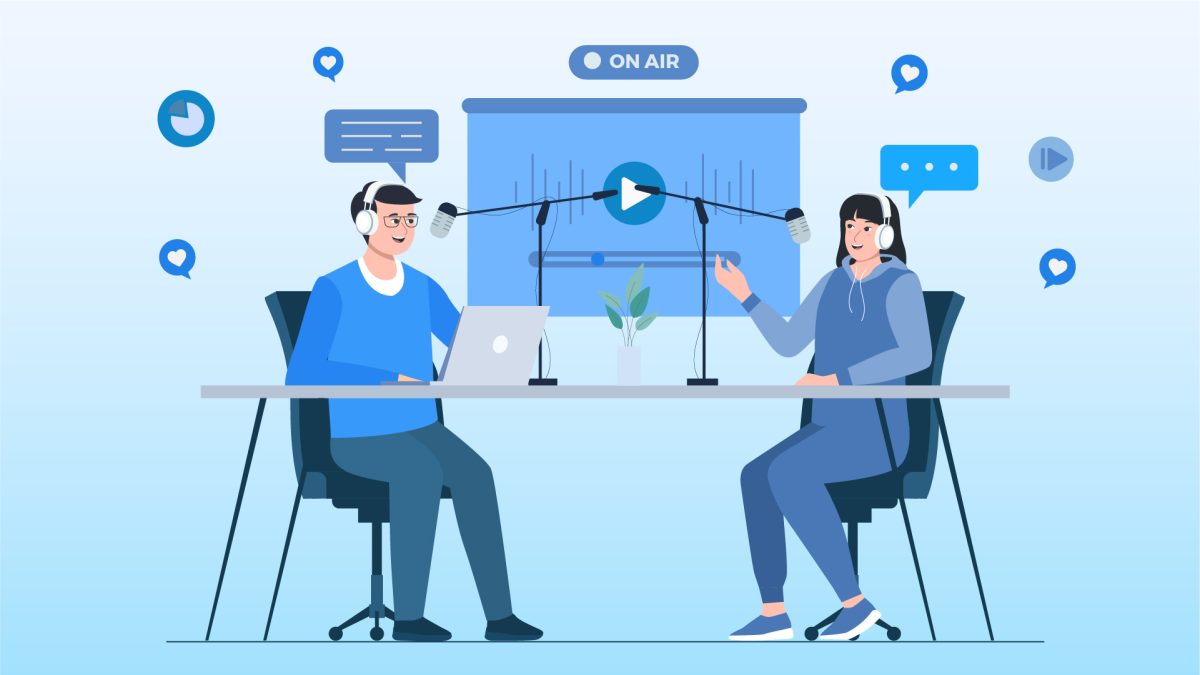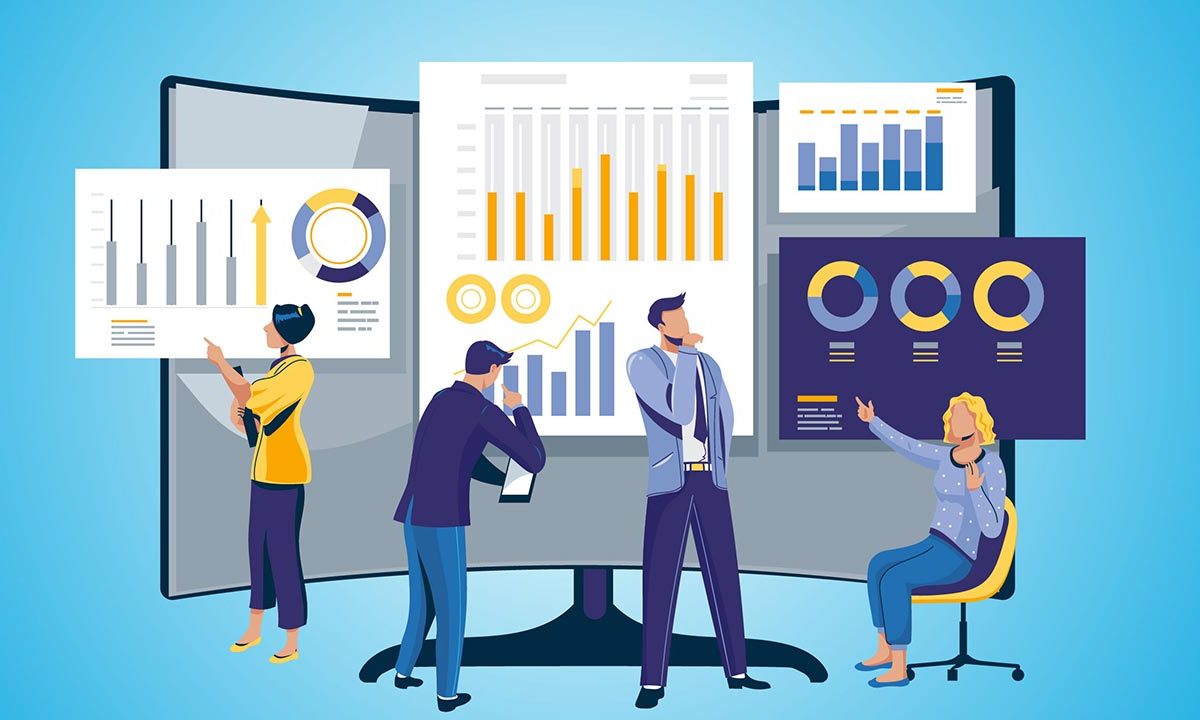A SAAS product-based startup founder, Robert, wants to create a compelling marketing campaign using an animated explainer video. Impressed by 10 Studios’ portfolio, Robert schedules an online meeting with the agency to discuss his product and video requirements.
At the end of the meeting, Teressa from the CS department offers Robert a budget proposal that is far beyond Robert’s expectations, leaving him perplexed and curious about the reasons why animation is so expensive.
Seeking clarity, Robert listens attentively as Teressa explains why animation is costlier. She started saying, “Hope you know that animation has become an integral part of the modern entertainment industry? It captivates audiences with immersive storytelling and visually stunning creations, driving a rising demand for high-quality animation in feature films, TV shows, ads, and digital media. However, behind the glitz and glamour, some significant complexities and challenges contribute to its often extravagant costs.”
Although there is no universal pricing rule for animation videos, the cost depends on numerous factors. The popular animation movie, Tangled (2010) easily had a budget of $260 million due to the sheer labor and creativity required. Even smaller projects demand weeks of dedication from talented teams. So, achieving Pixar-level quality comes with astronomically high costs. Fascinating, right? Let’s uncover the key factors that contribute to why animation is so expensive.
Making Animation Is A Challenging & Complex Task
Animation is a captivating art form that brings characters, stories, and worlds to life through the illusion of motion. However, beneath the enchanting visuals lie a plethora of challenges and complexities that animators and production teams face throughout the creative process. Understanding these intricacies is crucial to appreciating why animation projects often come with a hefty price tag.
1. The Labor-Intensive Nature
Animation is a labor-centric endeavor that demands immense dedication and skill from the animation team. Each frame, movement, and expression must be meticulously crafted, often requiring countless hours of work. From character design to background art, every aspect of the animation demands attention to detail, resulting in a time-consuming process that impacts the overall budget.
2. Technical Skills and Artistic Talent

Creating compelling animations requires a unique blend of technical expertise and artistic talent. Animators must possess a deep understanding of various animation techniques, software tools, and programming languages to breathe life into characters and scenes. At the same time, they must showcase their creativity and artistic vision to evoke emotions and immerse the audience in the animated world.
3. Time-Consuming Process
Animation is not an overnight venture; it is a patient and meticulous craft that evolves frame by frame. From pre-production planning and storyboarding to animating each scene and post-production editing, the entire process can take months or even years for larger projects. The extended timelines translate into higher labor costs, further contributing to the overall expense.
4. Project Complexity and Scope
The complexity and scope of an animation project directly impact the budget. Ambitious projects with intricate character designs, detailed backgrounds, and sophisticated visual effects naturally require more time and resources, making them costlier to produce. Moreover, projects with a vast scope, such as feature-length films or extensive TV series, entail greater coordination and management, which can escalate costs.
5. Creativity and Artistic Freedom
While animation offers boundless creative freedom, this very aspect can present challenges. Animators must strike a balance between artistic expression and meeting the client’s expectations or adhering to the project’s requirements. The pursuit of perfection and artistic vision can lead to revisions and additional production time, affecting the overall budget.
6. Adapting to Advancements in Technology
The animation industry constantly evolves with technological advancements. Animators must stay updated with the latest tools, software, and techniques to remain competitive. However, adopting new technology may require additional investments, which can impact the project’s budget.
7. Maintaining Consistency
For animation projects with multiple teams or long production cycles, maintaining consistency in style, character design, and animation quality is vital. Ensuring that the animation flows seamlessly from scene to scene can be a challenging task, demanding meticulous coordination and oversight.
Why Animation Is So Expensive – The Reason Behind
Animation costs can vary significantly based on several key factors that play a crucial role in the production process. Understanding these factors is essential for budget planning and cost optimization. Below are the primary elements that influence animation expenses:
1. Animation Techniques and Styles
The choice of animation technique and style has a direct impact on the overall cost of the project. Different animation techniques, such as 2D, 3D, and stop-motion, each require unique skill sets and resources.
- 2D Animation: Traditional 2D animation involves creating frames by hand, which can be time-consuming and labor-intensive. However, it may be more cost-effective for certain projects, especially those with a simpler visual style.
- 3D Animation: 3D animation utilizes sophisticated computer software to create lifelike characters and environments. While it offers unparalleled realism, it often demands a higher budget due to the complexity of modeling, rigging, and rendering.
- Stop-motion Animation: Stop-motion animation involves capturing individual frames of physical models, giving them a distinct tactile charm. However, the meticulous craftsmanship required can make it more costly, particularly for extended projects.
Furthermore, animation styles, such as cartoonish, realistic, or abstract, can also affect costs. Realistic animation, for instance, demands more attention to detail and precision, leading to higher expenses.
2. Project Scope and Scale
The scope and scale of an animation project significantly influence its budget requirements. Larger and more ambitious projects with longer durations and multiple episodes or sequences will naturally incur higher costs.
- Project Duration: Longer projects with extended runtimes demand more labor, time, and resources, leading to higher overall expenses.
- The complexity of Scenes: Highly detailed and intricate scenes, such as action sequences or elaborate backgrounds, can increase costs due to the additional work and attention to detail they demand.
- Number of Characters: Animation costs may rise with the number of characters involved, as each character requires design, modeling, rigging, and animation work.
3. Animation Team and Talent
The expertise and experience of the animation team significantly impact the project’s costs. Highly skilled professionals may command higher rates, but their efficiency and quality of work can lead to better cost-effectiveness.
- Animator Experience: Experienced animators with a proven track record may charge higher fees, but their efficiency and ability to meet deadlines can result in cost savings.
- Voice Actors: Hiring well-known voice actors can add to the budget, but a talented voice cast can enhance the overall quality of the animation and make the project more appealing to audiences.
4. Animation Tools and Software
The choice of animation tools and software can have cost implications. While advanced software provides powerful features, it may come with higher licensing or subscription fees.
- Licensed Software: Acquiring licenses for industry-standard animation software like Autodesk Maya or Adobe After Effects can be expensive, but they offer a wide range of capabilities.
- Open-source Alternatives: Some free or affordable open-source animation tools may be suitable for certain projects, but they might lack the comprehensive features of premium software.
5. Licensing and Royalties
Using licensed characters, music, or intellectual property in an animation project involves additional costs in the form of licensing fees or royalties. These expenses can vary based on the popularity and exclusivity of the content.
Common Misconceptions About Animation Being Expensive
Many people believe that animation software is excessively expensive, and animation agencies charge high prices without reason. They may assume that individual freelancers can offer the same service at a lower cost. However, this notion overlooks the fact that creating an animation video involves multiple specialized tasks. It requires concept art, storyboarding, copywriting, character building, animation, video editing, and voiceover work. One person cannot handle all these aspects alone, hence requiring more manpower, which naturally increases the cost.
Furthermore, the answer to “why animation is so expensive” varies depending on the video’s length and the complexity of the elements. Even if the duration is short, including more intricate elements can make the project more expensive, not cheaper. So, understanding the intricacies involved in animation production is essential to appreciate the reasonable costs associated with delivering high-quality animated content.
Wrapping Up
After the enlightening discussion with Teressa, Robert now comprehends why animation is so expensive compared to shoot-based videos. He acknowledges the labor-intensive and creatively demanding nature of animation, from small projects to blockbuster films. Robert is grateful for Teressa’s explanation and expresses his understanding in brief. “Thank you, Teressa, for clarifying the intricacies behind animation expenses. I appreciate the hard work and talent that goes into creating such captivating visuals. It’s a great deal, and I’m excited to proceed with 10 Studio for our animated explainer video. Let’s lock it in!” With newfound knowledge, Robert confidently embraces the idea of investing in the power of animation to showcase his innovative SaaS product effectively.




